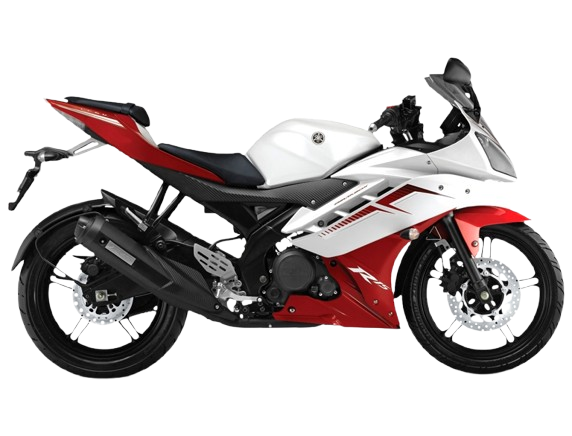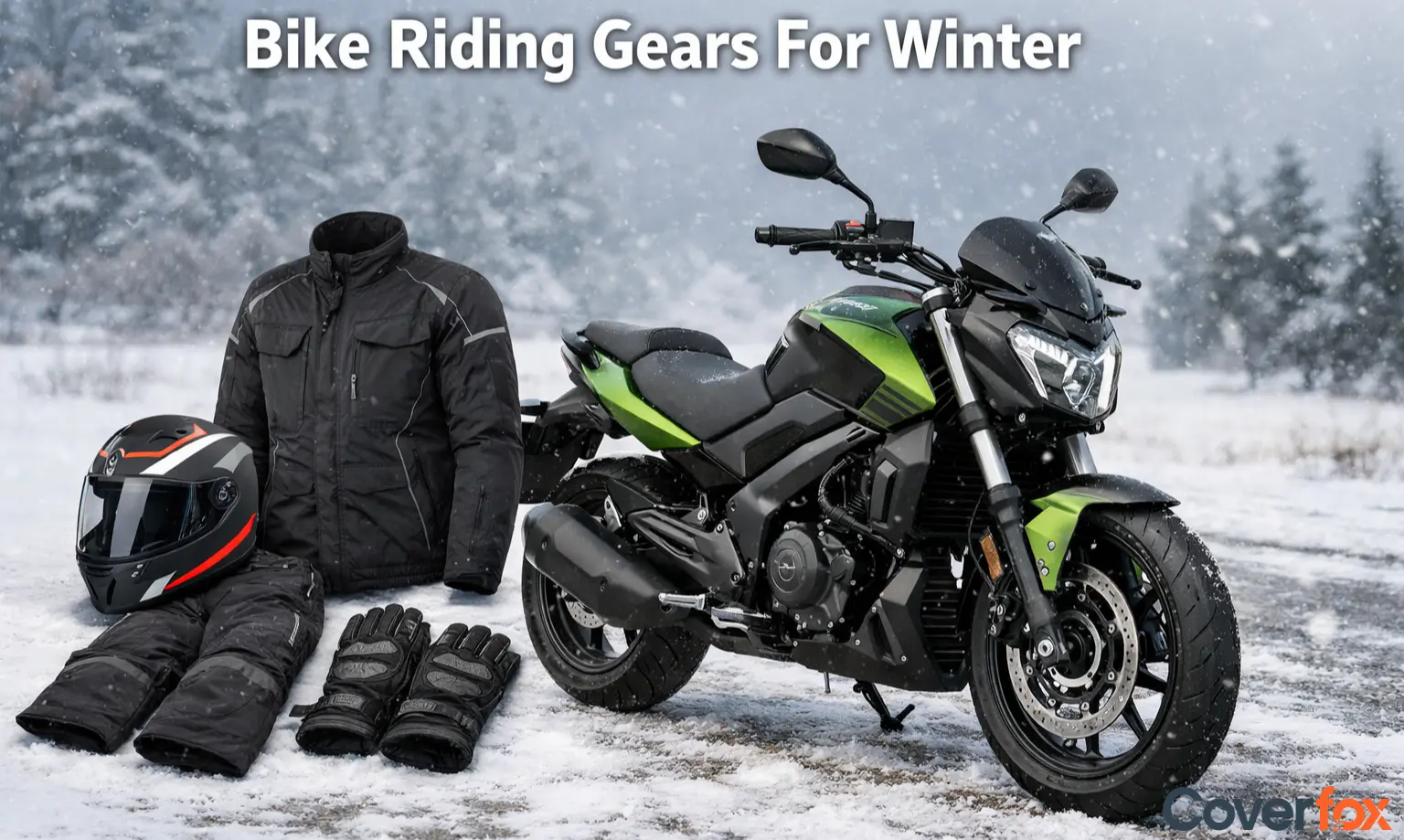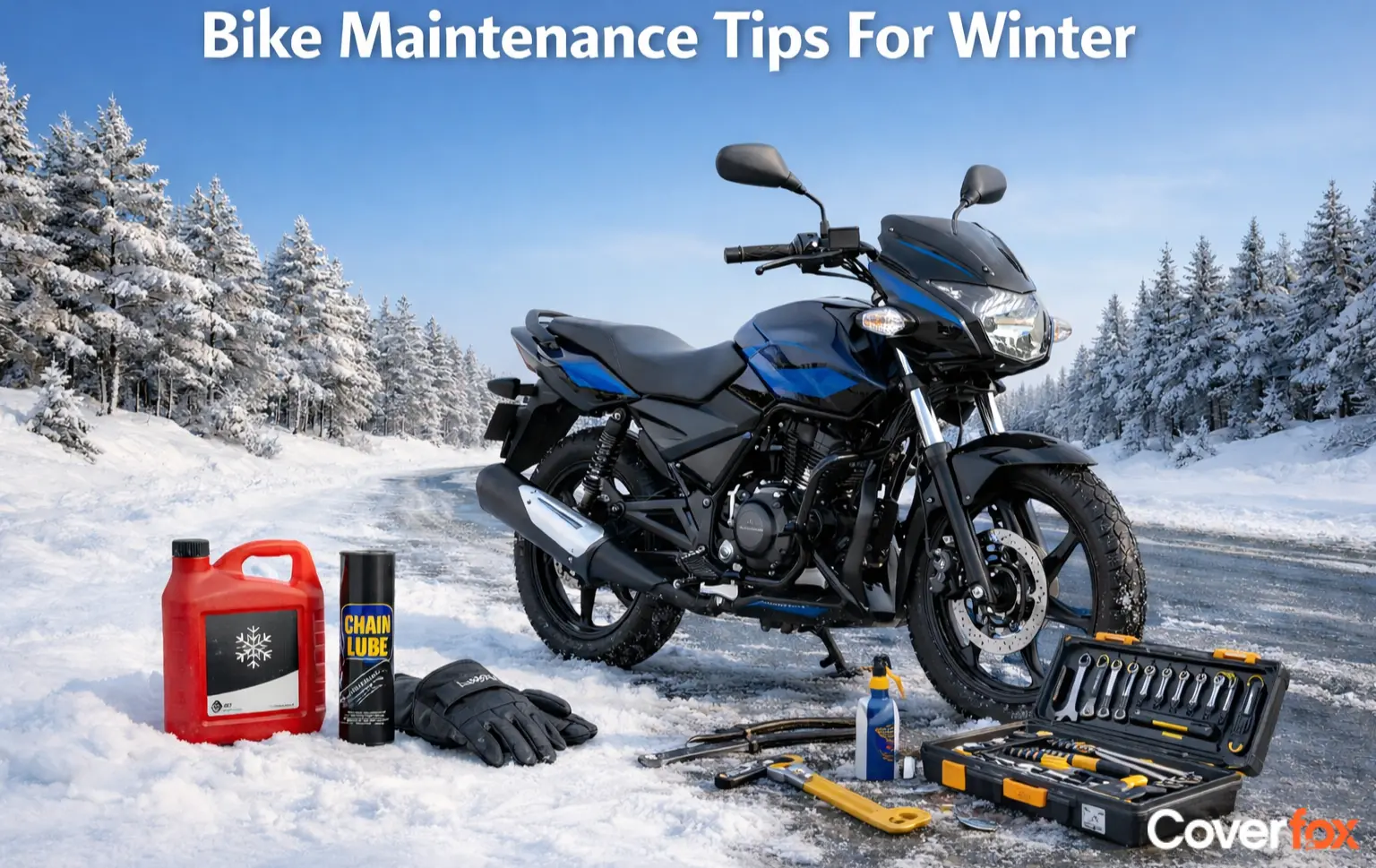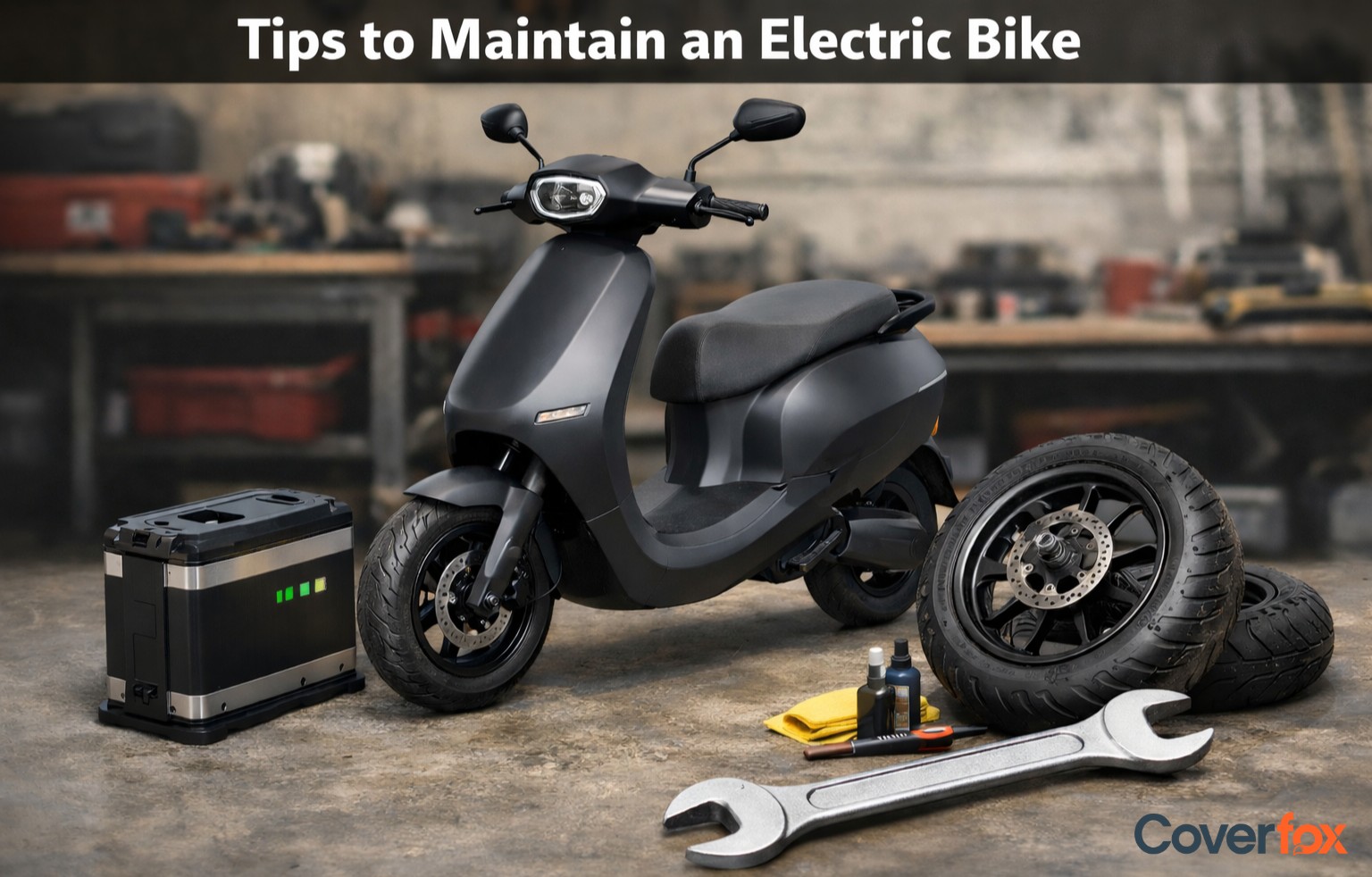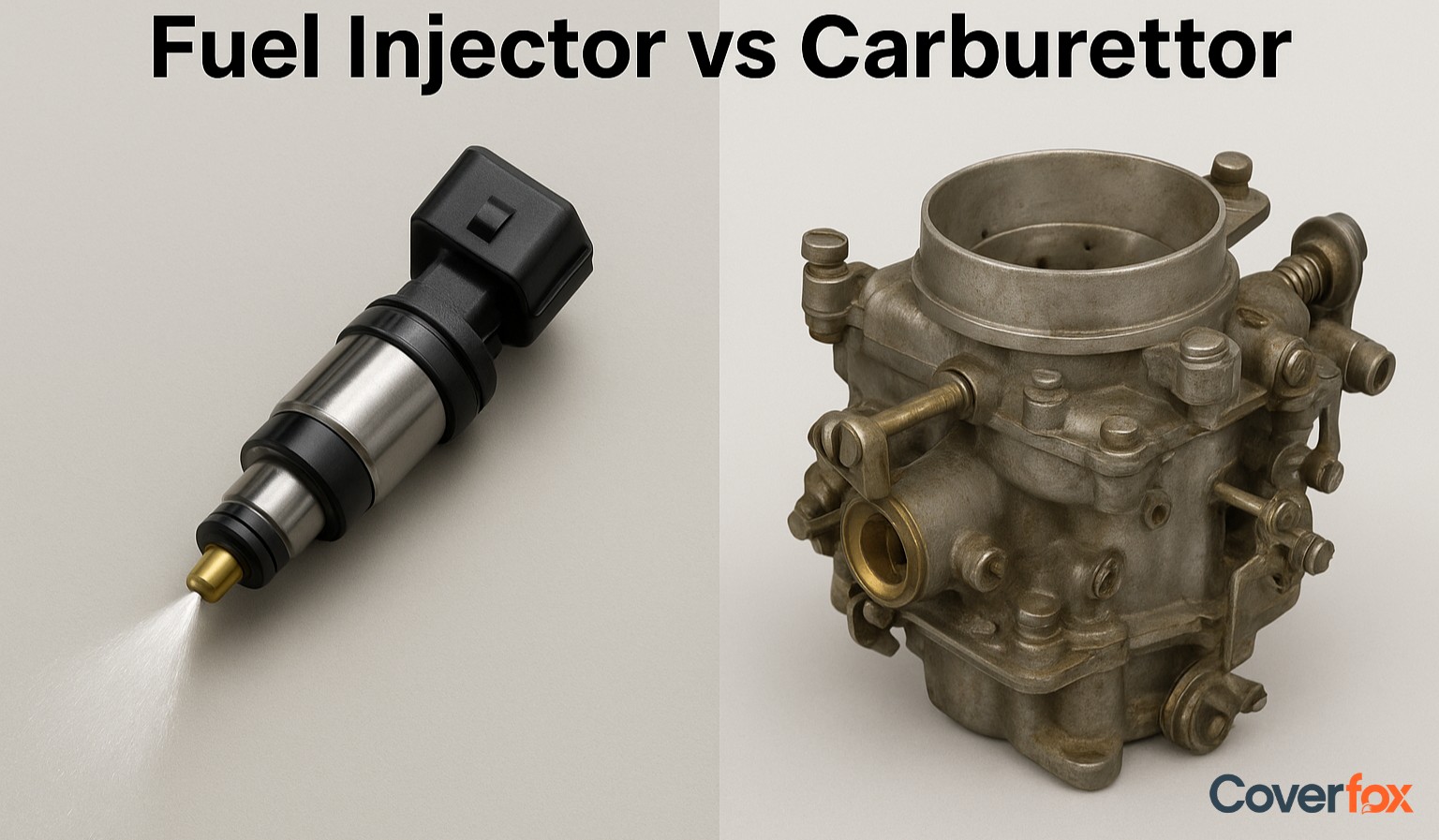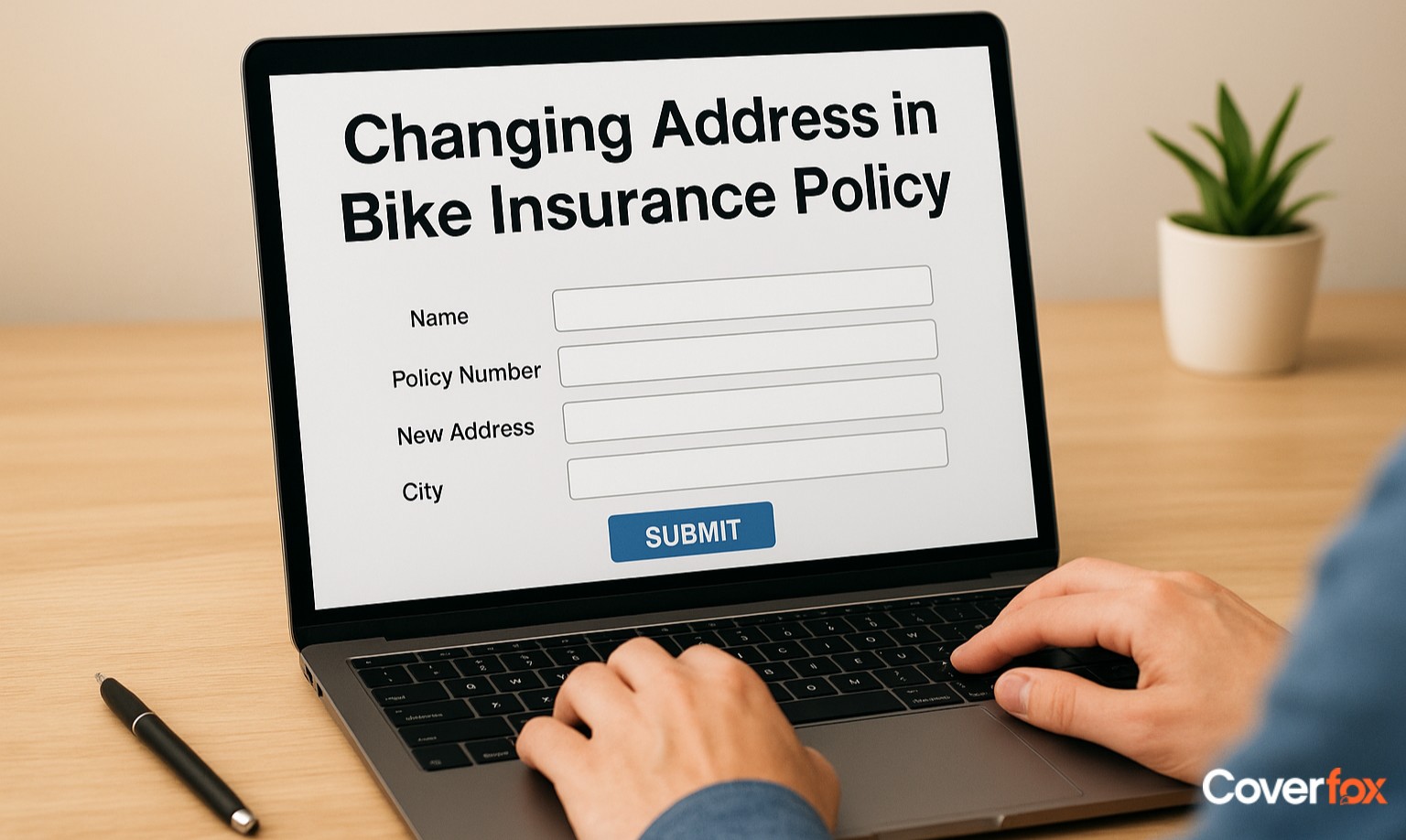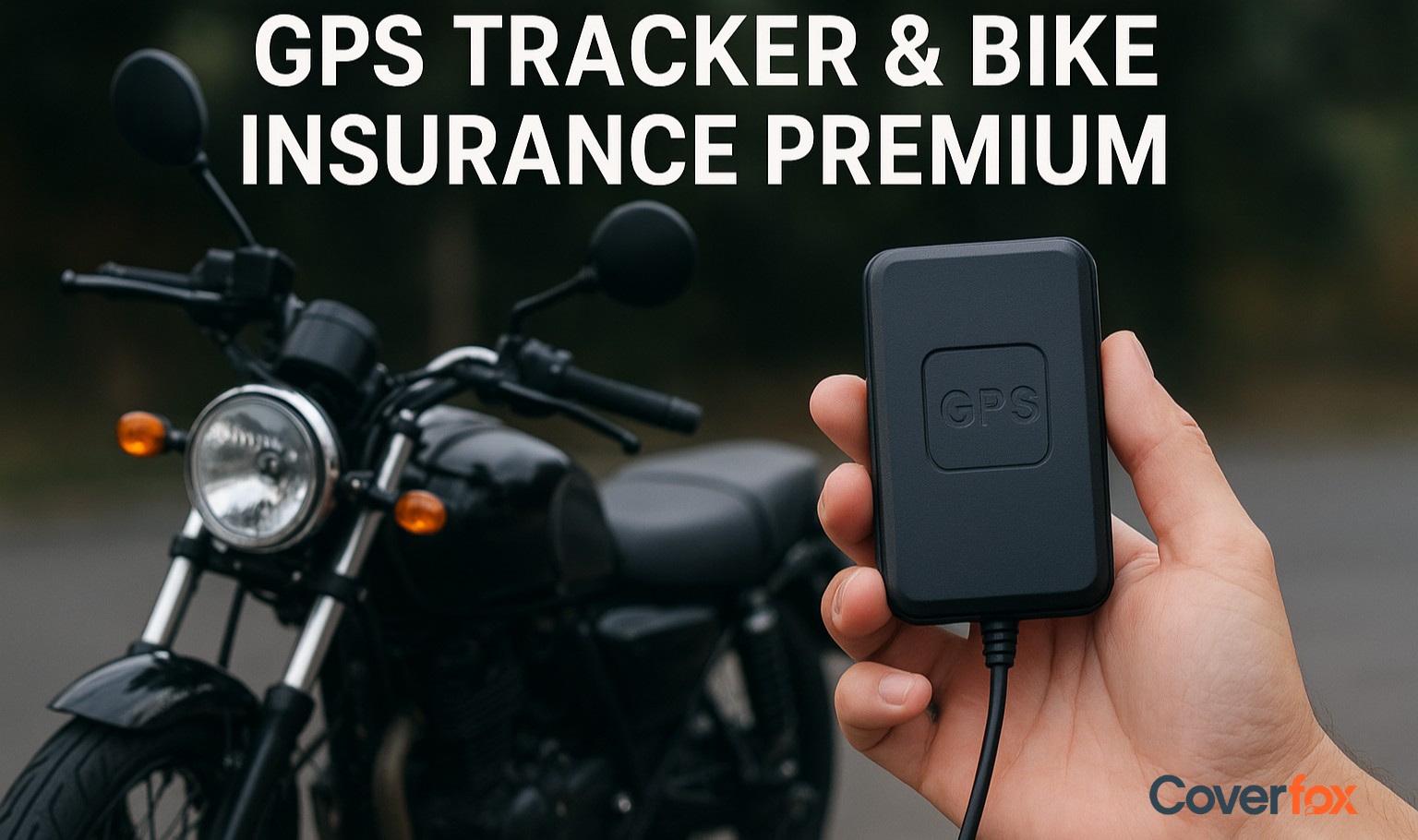Did you know you can slow down your bike without touching the brakes? This technique is called engine braking. It lets the engine share the task of controlling the speed of the vehicle and avoids overworking the brakes.
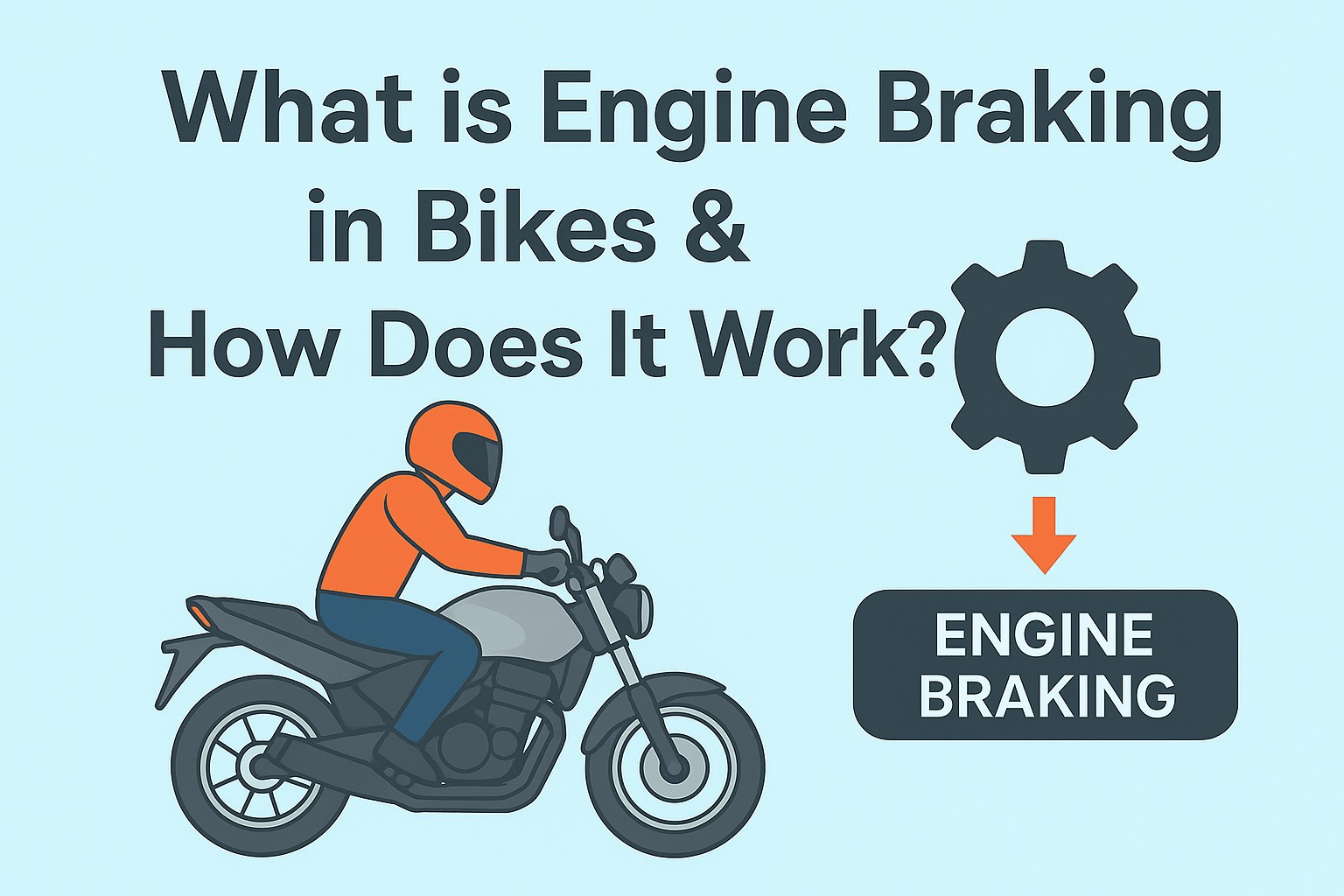
Engine braking is an important aspect of riding that goes beyond simply using the brakes. It offers riders an additional way to manage speed and maintain control, making it a valuable technique in different riding conditions. Even with techniques like engine braking, unexpected situations on the road can occur, making bike insurance a vital safeguard.
What is Engine Braking in Bikes?
Engine braking in motorcycles is a technique where the engine helps slow down the bike by creating resistance when the throttle is released and the gears are downshifted. This resistance reduces the bike’s speed naturally, easing the load on the braking system while maintaining better control over deceleration.
Engine braking is mainly used when you want a smooth and controlled deceleration without typically using the brakes in places like downslopes, steep roads, heavy traffic or approaching corners. This technique helps you to control the speed of your bike, reduce stress on the brakes, and make your ride smooth, especially on slopes or in heavy traffic.
How Engine Braking Works?
The calm slowing of your bike you experience actually has a series of mechanical steps which work in sync. The engine braking not only reduces wear on the brakes but also creates a steady and controlled braking process. But it requires practice, and if done wrong, you could lose control over your bike. The engine and gears combine to do their part and ease your speed. You can understand the step-by-step working of engine braking by following the points:
1. Throttle is Released
When you ease off the accelerator, the throttle plate closes, reducing the air-fuel supply. The restricted airflow creates a vacuum pressure inside the engine cylinders, which resists the wheel’s motion.
2. Clutch is Pressed, and the Gear is Downshifted
You press the clutch and shift into a lower gear. This allows the engine’s slowing effect to transfer through the crankshaft and gearbox to the wheels, which helps the bike reduce speed smoothly without applying the brakes.
3. Rev-Matching
While releasing the clutch, riders slightly increase the throttle to make the downshift smoother. This synchronises engine speed with wheel speed, preventing jerks and helping maintain stability.
4. Roll Off the Throttle Gently
Instead of shutting the throttle abruptly, close it slowly and gently. This allows controlled deceleration and prevents sudden jerks.
5. Use Clutch Smartly
Don't hold the clutch fully for a long time. Press it briefly when downshifting and then release gently to reconnect the engine with the wheels smoothly.
6. Combine with Light Braking if Needed
For swifter stops, use engine braking together with gentle front and rear braking, instead of relying only on one method.
7. Smooth Deceleration Without Brakes
Your bike slows gradually and doesn’t need much brake input. This reduces wear on brake components and provides smoother speed control, especially on slopes.
8. Practice on Empty Roads First
Try engine braking on empty roads first to become familiar with throttle modulation, downshifting, and clutch release before you try using it in traffic.
Benefits of Engine Braking for Bike Riders
Every rider looks for better control, comfort, and confidence on the road. Thus, some simple actions can make a huge difference in how good your bike reacts. This technique provides you comfort in traffic, safety on slopes, fewer problems with your vehicle and slows down effortlessly.
Reduced Brake Wear
Riders rely less on brake pads as the engine slows the bike. This helps in reducing wear and extending its brake's life.
Better Control on Downhill Roads
Engine braking avoids brake overheating on slopes and gives smooth and steady speed control.
Improved Stability
Engine braking gives steady slowing instead of sudden stops. This reduces the chances of wheel lock-up or skidding.
Fuel Efficiency Boost
Modern engines cut fuel supply when the throttle is closed during deceleration and save fuel in the process.
Enhanced Safety in Wet or Slippery Conditions
Riders can maintain better traction and reduce the risk of losing grip on slippery roads by avoiding hard braking.
Smoother Riding Experience
If the speed reduces naturally, it feels more controlled and less jerky, making rides more comfortable for both the rider and passenger.
Real-Life Scenarios Where Engine Braking Helps
Riders usually face scenarios where control plays a huge role, from busy streets to highways. So, using the correct technique at the right time is important as it makes your ride safe and comfortable. Here are some practical cases where engine braking helps you:
Riding Downhill
Engine braking keeps speed in check and avoids brake overheating on long slopes rather than trusting only in brakes.
Approaching Traffic Signals
When slowing down for a red light or traffic jam, engine braking provides smooth deceleration without sudden braking.
Cornering on Curvy Roads
Engine braking helps in adjusting speed naturally before entering a curve and gives better control with less risk of sliding.
Riding in Rain or Slippery Conditions
By using engine braking, riders avoid abrupt braking that could cause skidding and maintain steadier traction.
Sudden Obstacles on the Road
If an animal, pedestrian, or vehicle suddenly appears, engine braking buys extra time by instantly slowing the bike when the throttle is released.
Long Highway Rides
During long-distance cruising, engine braking reduces constant brake usage, making the ride smoother and less tiring.
Common Mistakes & Risks of Engine Braking
No doubt engine braking is safe and effective if done correctly, but using it the wrong way can cause discomfort, mechanical stress, or even accidents. Here are some of the common mistakes and risks every rider should avoid.
Downshifting Too Quickly
Jumping from a high gear to a very low gear abruptly. This can cause the rear wheel to lock or skid due to a huge RPM (Revolutions Per Minute) mismatch.
Holding the Clutch for Too Long
Keeping the clutch pressed while downshifting cancels out engine braking. If the clutch is released too early or too late, the bike won’t slow properly.
Not Matching RPM (No Rev Matching)
Failing to match the engine speed when shifting down can make the bike jerk, strain the gearbox, and unsettle the rider.
Relying Only on Engine Braking
While in an emergency, engine braking may not be enough alone. If you ignore the brakes completely, it can increase the stopping distance.
Overusing on Slippery Roads
Aggressive downshifting on wet or sandy surfaces can cause the wheel to slip and reduce traction as well as stability.
Stressing the Engine at High Speeds
Constantly forcing the engine to brake from very high speeds may increase wear on the clutch and transmission over time.
Difference Between Engine Braking and Compression Braking
Engine braking and compression braking may sound resembling, but they work very differently and are mainly used in different types of vehicles. Here’s a simple comparison to make you understand better.
| Aspect | Engine Braking | Compression Braking |
|---|---|---|
| Meaning | Slowing down by releasing the throttle so the engine’s resistance reduces the speed. | Slowing down by releasing compressed air through exhaust valves to create strong resistance. |
| Vehicles | Common in motorcycles and cars. | Mostly in heavy trucks and buses. |
| Control | Done naturally by rolling off the throttle or downshifting. | Activated by a special mechanism called Jake Brake. |
| Braking Power | Provides mild to moderate deceleration. | Provides very strong deceleration for heavy loads. |
| Noise | Smooth and almost silent. | Produces a sharp and loud machine gun sound. |
| Main Use | Saves brake wear and gives smoother control. | Helps control the speed of heavy vehicles on slopes. |
How Engine Braking Affects Your Two Wheeler Insurance?
Engine braking itself doesn’t directly affect your bike insurance premium, but it supports safer riding. Insurers assess risk based on accident history, claim frequency, and riding behaviour, as per IRDAI guidelines.
Promotes Safer Riding
Riders using engine braking generally experience a smoother ride and avoid harsh braking. However, insurers do not consider engine braking when assessing risk or premiums.
Reduces Brake Wear and Maintenance Costs
You can cut down the chance of brake failure and lower accident risks by easing the load on your brakes, but this does not affect insurance coverage or claims.
Helps in Accident Prevention
Smooth slowdown with engine braking improves stability and control, but insurers evaluate actual incidents and rider responsibility, not the technique used.
No Direct Discount on Premiums
Insurance companies don’t give any specific discounts for engine braking, but consistent safe riding helps to maintain a clean record.
Claim Implications
If an unexpected incident occurs due to rash use, it could be considered rider error and possibly affect claims.
Final Takeaways
Engine braking helps you to gradually reduce the speed of your bike and prevents wear on the brakes while keeping your ride smooth. It gives you strong control over areas like slopes, curves, and slippery roads, which makes riding safer and more comfortable. To make the best out of it and use it accurately, release the throttle gently, downshift step by step, and match the RPMs. Try to avoid sudden downshifts, overusing it on wet roads, or holding the clutch too long. Though it doesn’t directly affect bike insurance, riding safely can help you prevent accidents and claims.
Also Read:
Frequently Asked Questions
What is engine braking in a motorcycle?
Engine braking is the deceleration of the bike smoothly by releasing the throttle without using the brakes, pressing the clutch and downshifting and downshifting.
Is engine braking safe for motorcycles?
Yes, if it is used correctly, it provides a smoother and controlled slowdown.
Does engine braking damage the engine?
No, engine braking doesn’t cause any harm to the engine if used accurately.
How is engine braking different from regular braking?
Engine braking uses the engine’s resistance to reduce the bike’s speed instead of brake pads.
Can engine braking help improve fuel efficiency?
Yes, it reduces fuel supply during deceleration and saves fuel.
When should I use engine braking while riding?
You should use it when slowing down for curves, traffic, slopes, or slippery roads.
Is engine braking good for downhill riding?
Yes, during downhill riding, it helps to control speed and prevents brake overheating on slopes.
Why doesn't the brake light turn on during engine braking?
The lights don’t turn on because the brakes aren’t applied; only the engine slows down the bike naturally.
